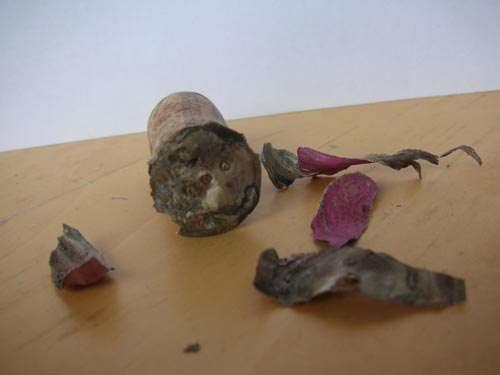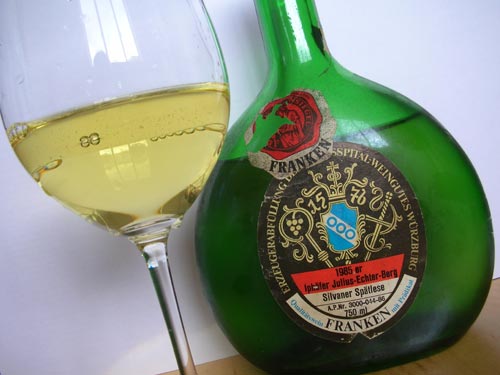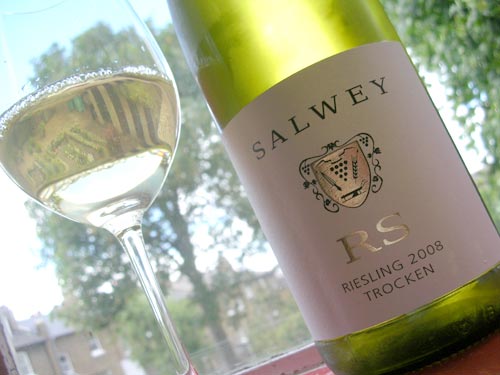A study in scarlet: the mystery of a 25 year old Silvaner wine
Some wines are good, some wines are bad, some are exceptional. And then there are the wines that are special because they have a story to tell. When I discovered today's wine on the shelves of London wine shop The Winery I was already certain that I was looking at a wine with a story. What I did not know was that this Franconian gem would be willing to share it with us.

Maybe we start with the question of why we got so interested in a dusty old bottle with a funny purple cap. Well, for starters because it was just that, a dusty old bottle with an unusual purple cap. It did not only look old-fashioned, it also was quite old, almost twenty-five years old, in fact. Aged wine is always an adventure - sometimes even a gamble on whether you have waited too long or just caught it at the right time. Under the label good ol' boys we have so far only looked at aged red wines and Riesling, the white variety that probably has the best potential for ageing. And here we were, starring at a twenty-five year old Silvaner, the signature grape of the German wine region of Franken (Franconia, about two hours north of Munich). We have been championing this often underrated variety for a while, but we never had the change to try a really old Silvaner.









